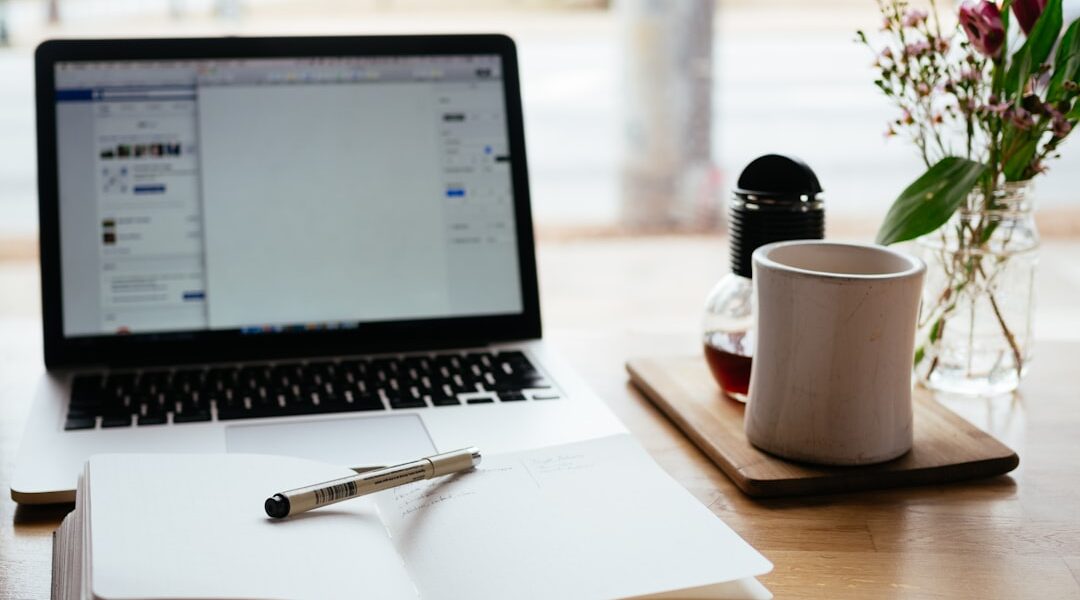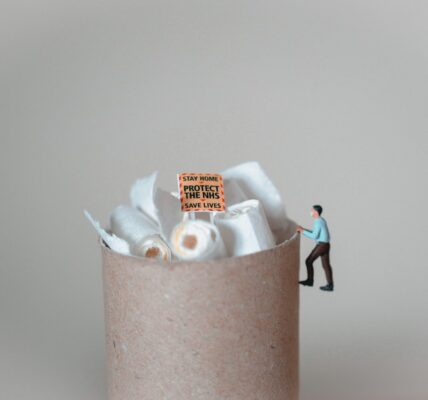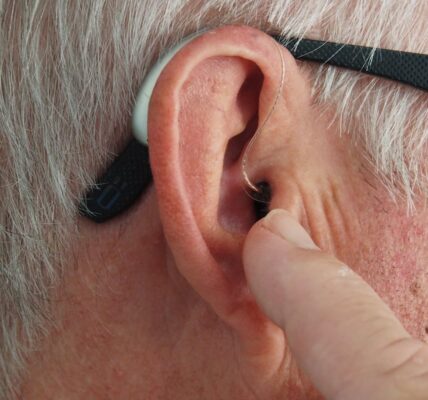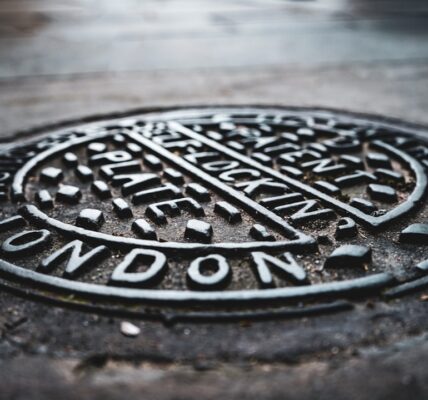Flip charts are valuable tools for improving productivity in various professional settings, including meetings, workshops, and presentations. They offer several advantages that contribute to enhanced communication and collaboration. One primary benefit of flip charts is their ability to engage audiences through visual presentation of information.
This visual approach aids in comprehension and retention of presented material, potentially leading to more effective discussions and decision-making processes. Flip charts also enable real-time collaboration and brainstorming. As ideas are recorded on the chart, participants can easily build upon each other’s contributions, fostering a creative and productive atmosphere.
This interactive element can result in innovative solutions and strengthen team cohesion. Moreover, flip charts provide a physical representation of information, which can be particularly beneficial for visual learners. The displayed content serves as a reference point throughout the meeting or workshop, reinforcing key concepts and ensuring all participants remain aligned.
In summary, flip charts offer numerous productivity benefits, including audience engagement, facilitation of collaboration and brainstorming, and tangible information representation. By incorporating flip charts into professional gatherings, organizations can potentially enhance productivity and cultivate a more creative and efficient work environment.
Key Takeaways
- Using flip charts can increase productivity by providing a visual aid for presentations and discussions
- Engaging and informative flip chart presentations can capture and maintain audience attention
- Utilizing color and visuals can enhance the effectiveness of flip chart presentations
- Incorporating interactive elements can encourage audience participation and engagement
- Organizing information effectively on flip charts can maximize impact and understanding in group meetings and workshops
- Best practices for using flip charts in group meetings and workshops include preparation, engagement, and clear communication
- Common challenges when using flip charts for productivity include lack of preparation, illegible handwriting, and limited space on the flip chart
Tips for Creating Engaging and Informative Flip Chart Presentations
Clear and Legible Writing
One of the most critical aspects of creating an engaging flip chart presentation is using a clear and legible writing style. This means writing in large, clear letters that are easy to read from a distance. This ensures that all participants can follow along with the presentation without straining their eyes or getting distracted.
Concise and Focused Content
Another key tip is to use bullet points and short phrases to convey information. This helps to keep the presentation concise and focused, making it easier for participants to absorb the information being presented. By breaking down complex information into smaller, bite-sized chunks, presenters can ensure that their audience stays engaged and interested.
Visuals and Organization
Using visuals such as diagrams, charts, and images can also help to make the presentation more engaging and memorable. Furthermore, it’s essential to organize the information on the flip chart in a logical and structured manner. This can be achieved by using headings, subheadings, and numbering to clearly outline the key points being presented. By organizing the information in this way, participants can easily follow the flow of the presentation and understand the main takeaways.
Utilizing Color and Visuals to Enhance Flip Chart Effectiveness

Color and visuals play a crucial role in enhancing the effectiveness of flip chart presentations. One way to utilize color effectively is to use different colors for different sections or key points on the flip chart. This can help to visually differentiate between different topics or ideas, making it easier for participants to follow along with the presentation.
In addition to using color, incorporating visuals such as diagrams, charts, and images can help make the flip chart presentation more engaging and impactful. Visuals can help to break up text-heavy sections of the presentation and provide a more dynamic and memorable experience for participants. Furthermore, using color and visuals can help to emphasize key points and draw attention to important information.
By strategically using color and visuals to highlight key takeaways or important data points, presenters can ensure that participants focus on the most critical aspects of the presentation. In conclusion, utilizing color and visuals is essential for enhancing the effectiveness of flip chart presentations. By using different colors to differentiate between sections and incorporating visuals to break up text-heavy content, presenters can create more engaging and impactful presentations that enhance productivity in meetings and workshops.
Incorporating Interactive Elements in Flip Chart Presentations
| Interactive Element | Benefits |
|---|---|
| Questions | Engages audience and encourages participation |
| Quizzes | Tests audience’s understanding and knowledge retention |
| Polls | Gathers feedback and opinions from the audience |
| Interactive Games | Breaks the monotony and adds fun to the presentation |
Incorporating interactive elements into flip chart presentations can help to engage participants and foster a more collaborative environment. One way to incorporate interactivity is to encourage participants to actively contribute to the flip chart presentation by writing down their ideas or responses. This can help to create a sense of ownership and involvement among participants.
Another interactive element that can be incorporated into flip chart presentations is the use of interactive exercises or activities. For example, presenters can use the flip chart to facilitate group discussions or brainstorming sessions, allowing participants to actively engage with the content being presented. Furthermore, incorporating interactive elements such as quizzes or polls can help to gauge participant understanding and encourage active participation.
By using the flip chart to pose questions or prompts for discussion, presenters can ensure that participants are actively engaged throughout the presentation. In summary, incorporating interactive elements into flip chart presentations can help to engage participants and foster a more collaborative environment. By encouraging active participation, facilitating group discussions, and using interactive exercises, presenters can create more dynamic and engaging presentations that enhance productivity in meetings and workshops.
Organizing Information Effectively on Flip Charts for Maximum Impact
Organizing information effectively on flip charts is essential for ensuring that presentations have maximum impact on participants. One way to organize information effectively is to use a clear and logical structure. This can be achieved by using headings, subheadings, and bullet points to clearly outline the key points being presented.
Additionally, it’s important to prioritize information on the flip chart by highlighting key takeaways or important data points. By organizing the information in this way, presenters can ensure that participants focus on the most critical aspects of the presentation. Furthermore, it’s important to consider the flow of information on the flip chart and ensure that it follows a logical sequence.
This can help participants follow along with the presentation more easily and understand how different pieces of information relate to each other. In conclusion, organizing information effectively on flip charts involves using a clear and logical structure, prioritizing key information, and considering the flow of information. By organizing information in this way, presenters can ensure that their flip chart presentations have maximum impact on participants and enhance productivity in meetings and workshops.
Best Practices for Using Flip Charts in Group Meetings and Workshops

Optimal Placement for Maximum Visibility
Positioning the flip chart in a central location is crucial for ensuring that all participants can easily see it. This allows everyone to have a clear view of the presentation and actively engage with the content being presented.
Fostering Collaboration and Engagement
Using the flip chart as a focal point for discussion and collaboration is another best practice. By actively involving participants in contributing to the flip chart presentation, presenters can create a more interactive and engaging environment that fosters teamwork and creativity.
Concise and Focused Content
It’s essential to keep the content on the flip chart concise and focused. Presenters should avoid overcrowding the flip chart with too much information, as this can overwhelm participants and detract from the main takeaways of the presentation.
By following these best practices, presenters can ensure that their flip chart presentations are effective in enhancing productivity and engagement among participants.
Overcoming Common Challenges When Using Flip Charts for Productivity
While flip charts are a valuable tool for enhancing productivity in meetings and workshops, there are some common challenges that presenters may encounter when using them. One common challenge is writing legibly on the flip chart. To overcome this challenge, presenters should practice writing clearly and in large letters before the presentation.
Additionally, using markers with bold tips can help ensure that writing is legible from a distance. Another common challenge is organizing information effectively on the flip chart. To overcome this challenge, presenters should plan out the structure of their presentation in advance and use headings, subheadings, and bullet points to clearly outline key points.
This will help ensure that information is organized in a logical manner that is easy for participants to follow. Furthermore, another common challenge is keeping participants engaged throughout the presentation. To overcome this challenge, presenters should incorporate interactive elements such as group discussions or activities into their flip chart presentations.
This will help keep participants actively engaged with the content being presented. In conclusion, while there are common challenges associated with using flip charts for productivity, presenters can overcome these challenges by practicing clear writing, organizing information effectively, and incorporating interactive elements into their presentations. By doing so, presenters can ensure that their flip chart presentations are effective in enhancing productivity in meetings and workshops.
If you’re looking for tips on how to effectively use a flip chart in your presentations, check out this article on metricsgoddess.com. The article provides valuable insights on how to create engaging and impactful flip chart presentations, making it a must-read for anyone looking to improve their presentation skills.
FAQs
What is a flip chart?
A flip chart is a stationary pad of large paper sheets that are typically mounted on an easel. It is commonly used for presentations, brainstorming sessions, and training sessions.
What are the typical dimensions of a flip chart?
The standard size for a flip chart pad is 27 inches by 34 inches, although there are variations in size depending on the manufacturer.
What are the different uses of a flip chart?
A flip chart is commonly used for presenting information, brainstorming ideas, illustrating concepts, and facilitating group discussions in various settings such as classrooms, meeting rooms, and training sessions.
What are the different types of flip chart paper?
Flip chart paper comes in various types, including plain white paper, grid-lined paper, and pre-printed templates for specific purposes such as project planning, SWOT analysis, and timeline charts.
What are the different types of flip chart easels?
Flip chart easels come in different styles, including tripod stands, telescopic legs, and mobile easels with wheels for easy transportation. Some easels also have features such as adjustable height and tilt for optimal viewing.
What are the different ways to use a flip chart effectively?
Some effective ways to use a flip chart include using different colored markers for visual impact, organizing information in a logical sequence, engaging the audience by involving them in the process, and using the flip chart as a focal point for the presentation.




